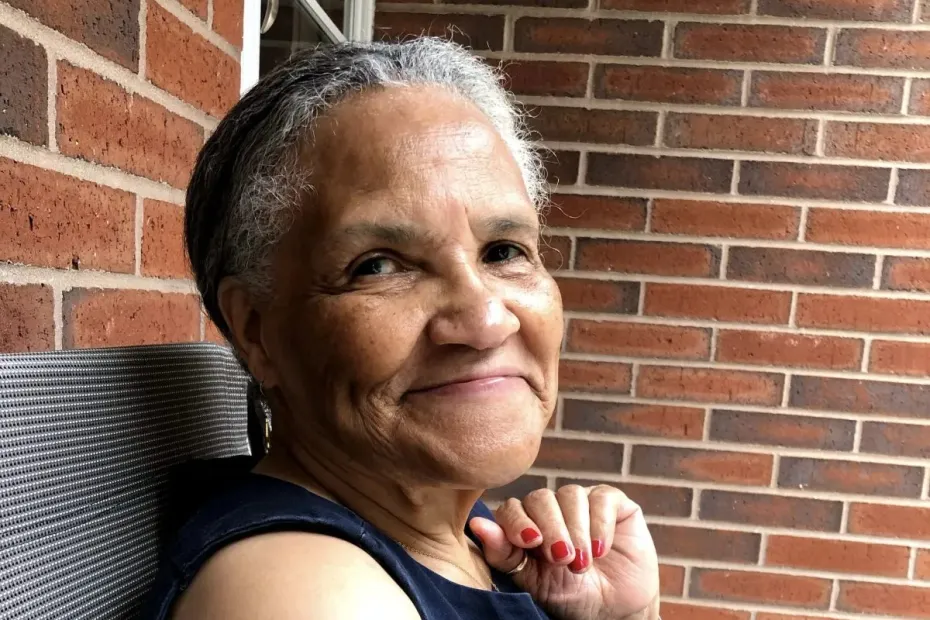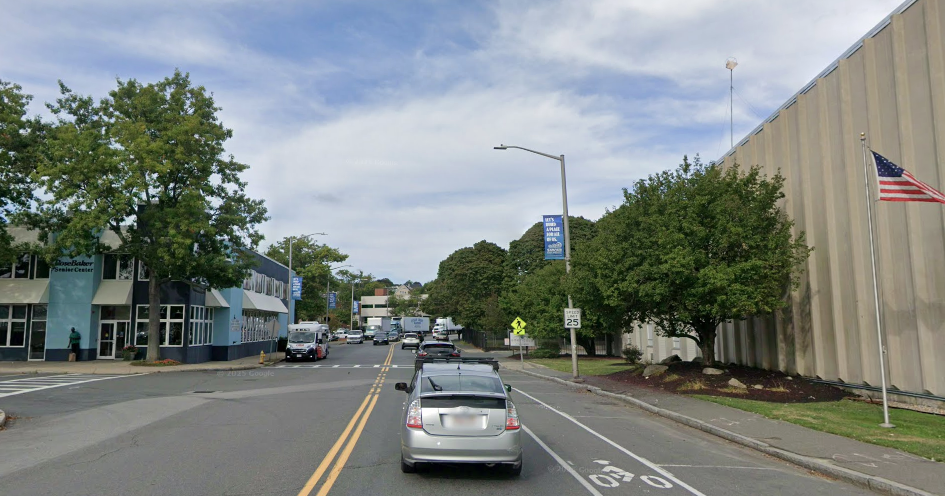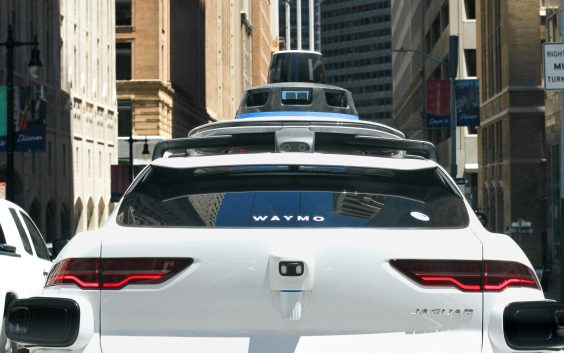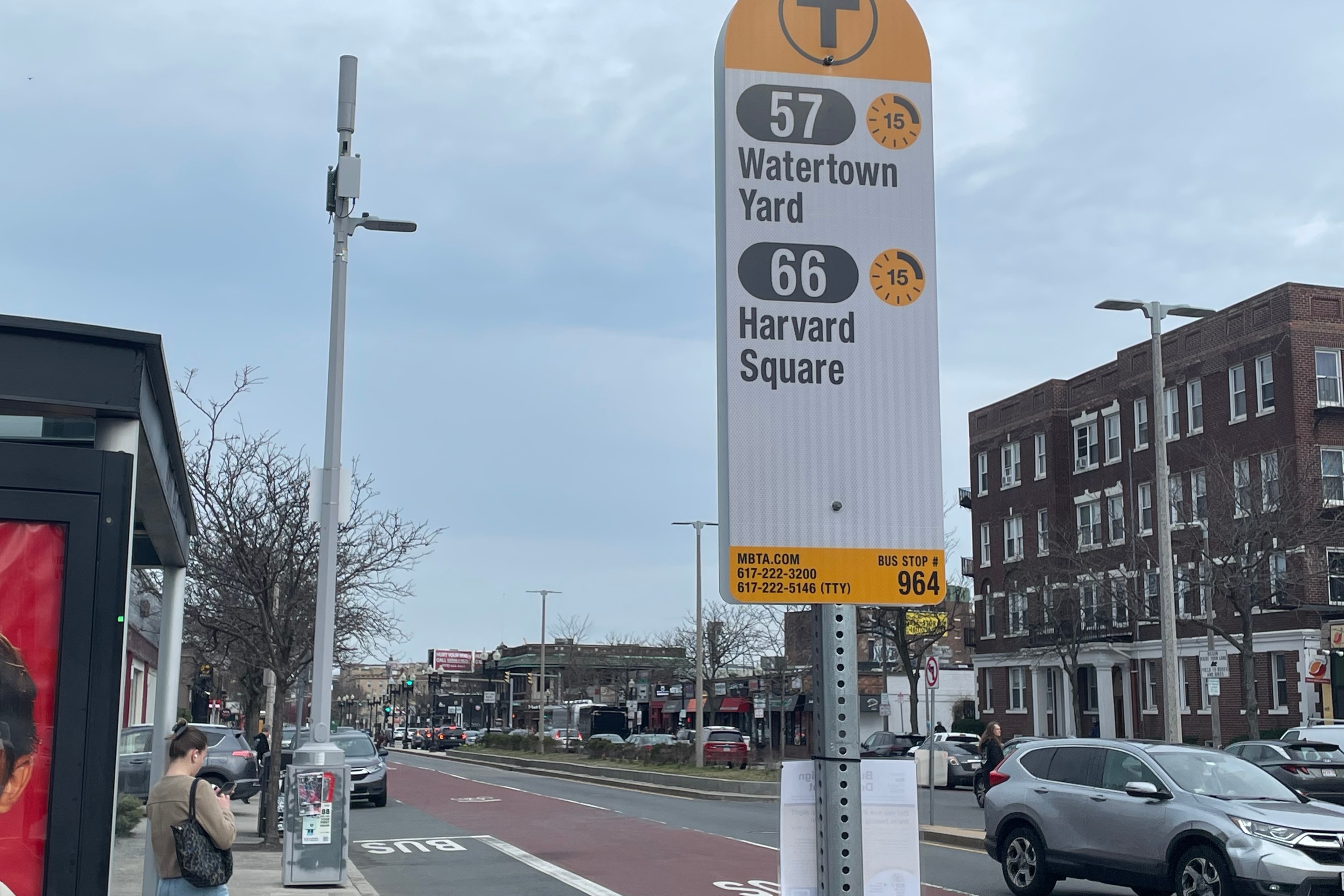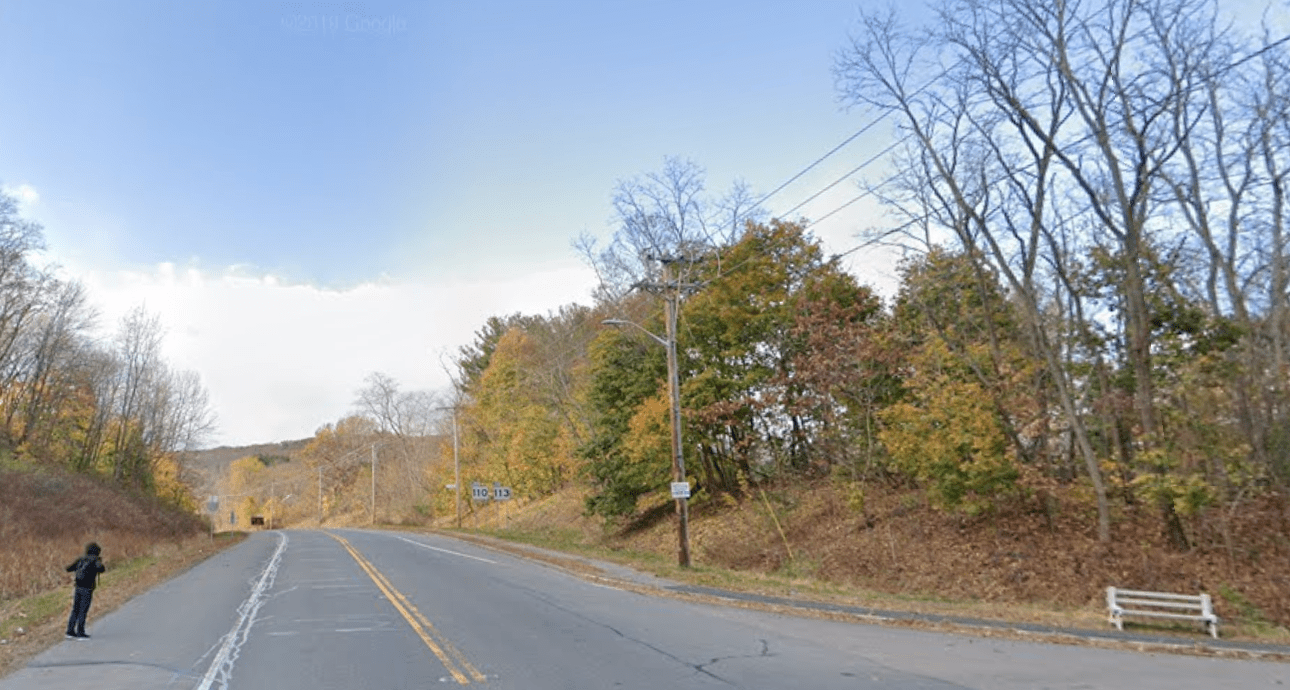This week, MassDOT's Board of Directors approved an $850 million transfer from the Commonwealth Transportation Fund to the MBTA to finance new regional rail equipment and facilities, Green Line accessibility improvements, and a new battery-electric bus garage at the Arborway.
The funding will come from the state's new "Fair Share" tax surcharge on high-income households. The Legislature's 2026 budget sent $550 million in Fair Share funding to the Commonwealth Transportation Fund (CTF), which helps finance MBTA operations and also pays down the state's transportation debts.
The additional Fair Share funding considerably expands how much money the state can afford to borrow from bond investors, otherwise known as "bonding capacity."
At the October 15 MassDOT board of directors meeting, David Mohler, the chief of MassDOT's Office of Transportation Planning, explained that "the CTF is what we bond our capital program out of for special obligation bonds. This ($550 million a year) will yield $2.5 billion for MassDOT, $1.5 billion for Chapter 90 (the state's aid program for municipal road maintenance), and $850 million for the MBTA."
The next day, at an Audit and Finance Subcommittee meeting of the MBTA board of directors, MBTA Deputy Chief of Capital Strategy Michael Malia elaborated on what the T could do with that money.
"Last year, during our capital investment plan, there were some major projects that were critical to the T that we still could not fund," said Malia. "This $850 million will be incredibly impactful."
Malia then went on to describe four major projects that are tentatively slated to receive the new funding:
Arborway electric bus garage
For several years now, the T has been planning a new bus maintenance facility to replace an open-air bus parking lot and methane refueling facility at its Arborway Yard property near Forest Hills.

The new garage would accommodate and recharge 200 new battery-electric buses.
The T had previously hoped to begin construction in 2026, but the timeline has slipped several times for want of a dedicated source of funding for the project.
The T estimates that the project will cost around $440 million. Once the new garage is complete, the project would also free up about 8 acres of land next to Forest Hills station for new transit-oriented housing, which could help defray some of the project's costs. It will also let the T retire about two-thirds of its aging fleet of methane-fueled buses, the majority of which are based out of the existing Arborway yard.
"Phase 1" of Widett Circle
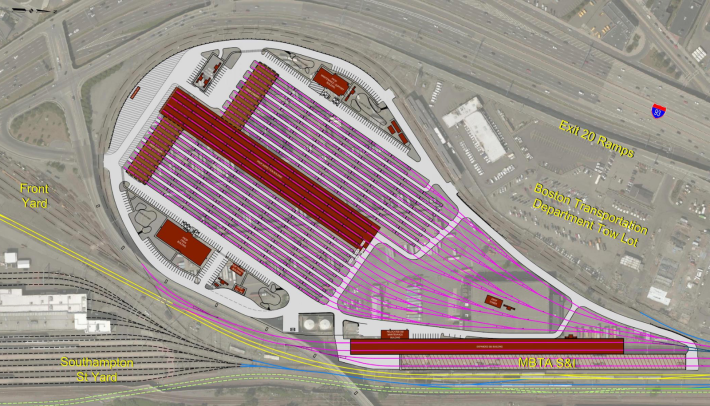
The new funding will also pay for the T's first new facilities at its Widett Circle property in South Boston, which the state spent a quarter-billion dollars to acquire back in 2022.
The T is planning for "the design and construction of a 6-track electrified layover facility for storage and operation of the Fairmount Line," said Malia.
Those new facilities are a necessary component of the T's plans to start running battery-powered trains on the Fairmount Line by the end of 2027.
The work will also include extensive site preperation work for the rest of Widett Circle, which is slated to eventually become a major storage facility for an expanded fleet of regional rail trains. The property could also support overnight layover for new Amtrak equipment serving proposed new routes to Albany and New Haven.
Green Line "Type 10" infrastructure
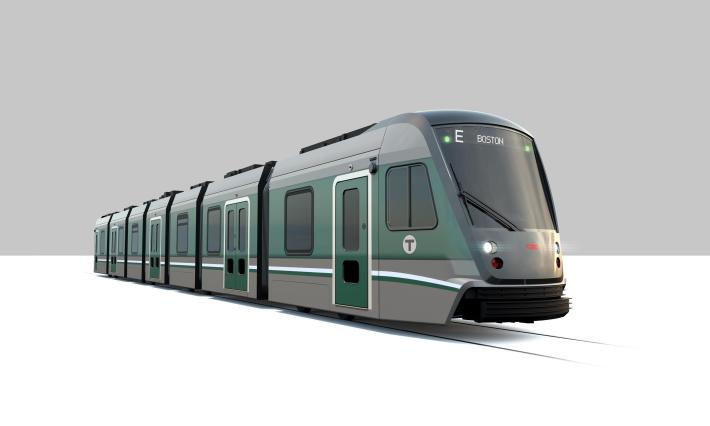
The T will also use the new funding for what Malia called "desperately needed" work on Green Line signals, tracks, and stations before the agency receives its first new Type 10 trains next year.
Those new trains are longer, with a low-floor design, and they'll require the T to upgrade all of their stations with longer platforms that are fully accessible under the requirements of the Americans with Disabilities Act.
New commuter rail locomotives
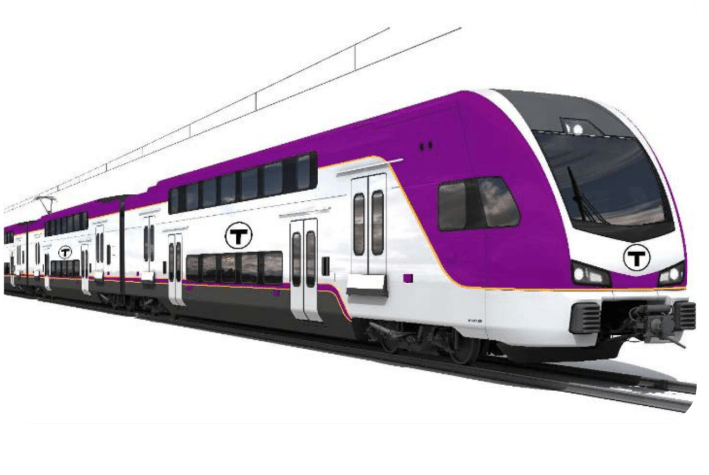
Malia said that the T would also be able to kick off a procurement process to replace the T's oldest diesel-powered regional rail locomotives.
"We are facing a bit of a commuter rail locomotive cliff right now, as much of our fleet will be aging out over the next 5 to 10 years," said Malia.
Malia also warned that the age of those diesel engines "is threatening service reliability if procurements are delayed... It will be a top concern for the MBTA in the coming years."
